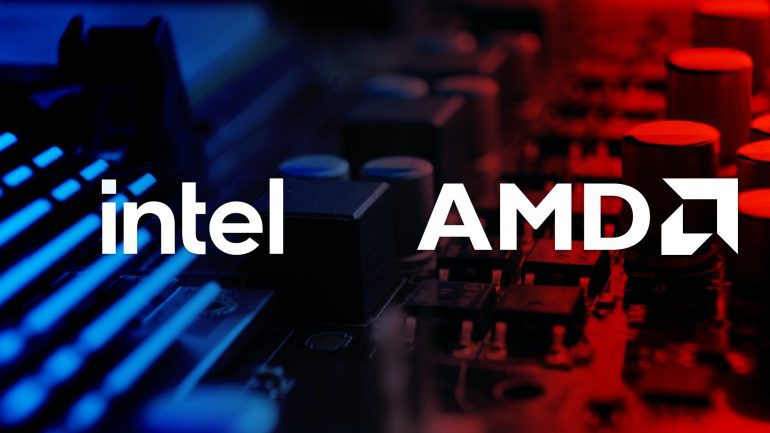- Intel and AMD are challenging Nvidia’s dominance in AI chips.
- Intel faces competition from AMD in CPU markets but remains optimistic with new releases.
- AMD focuses on restructuring for AI leadership, securing major partnerships.
- Both companies are investing in new AI accelerators and expanding manufacturing capabilities.
- Nvidia remains ahead with its Rubin platform announcement for 2026.
Main AI News:
In the fiercely competitive realm of AI chip development, Intel and AMD are strategically positioning themselves to challenge Nvidia’s longstanding dominance. While Nvidia has maintained an early lead, Intel and AMD are making significant strides to capture a larger share of the burgeoning AI market.
Intel, renowned for its dominance in the PC and server CPU markets, has faced challenges from AMD, particularly in terms of technological advancements and market responsiveness. Despite recent setbacks in quarterly performance, including lower-than-expected sales and a cautious outlook, Intel remains optimistic about its future prospects. The anticipated launch of its Gaudi 3 release later this year is expected to drive substantial revenue growth, with projections exceeding $500 million in sales for the latter half of the year.
Furthermore, Intel is aggressively expanding its footprint in the foundry market, investing heavily in new AI accelerators such as the Gaudi 2 and Gaudi 3. These accelerators are specifically designed to optimize AI workloads in data centers, enhancing Intel’s competitiveness in the AI-driven applications sector. With plans to establish new chip fabs across the United States, Intel aims to solidify its position as a leading AI chip fabricator by 2027.
In parallel, AMD has undertaken significant restructuring efforts to prioritize AI initiatives within its business strategy. Leveraging its strong presence in the GPU market and securing major partnerships with industry giants like Microsoft and Meta Platforms, AMD is well-positioned to capitalize on the growing demand for AI-driven technologies. Despite varying financial performances in recent quarters, AMD remains bullish on its upcoming product launches. The introduction of the MI350 series in 2025 and the MI400 series in 2026, featuring advanced architectures promising substantial performance enhancements, underscores AMD’s commitment to innovation in the AI space.
While Nvidia continues to lead with its upcoming Rubin platform slated for release in 2026, the competitive landscape is evolving rapidly. Intel and AMD’s strategic initiatives signify a dynamic shift in the AI chip industry, characterized by increased competition and opportunities for growth and innovation across all major players. As the race for AI supremacy intensifies, Intel and AMD are poised to play pivotal roles in shaping the future of artificial intelligence.
Conclusion:
Intel and AMD’s intensified focus on AI chip development reflects a strategic response to Nvidia’s market leadership. While Nvidia maintains an early advantage with its upcoming Rubin platform, Intel and AMD’s innovations and expansions signal a competitive shift in the AI chip landscape. This dynamic competition is likely to foster greater innovation and drive advancements in AI technology, benefiting consumers and industries reliant on AI-driven solutions.

